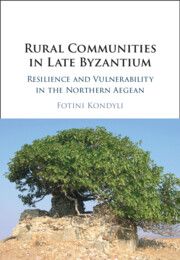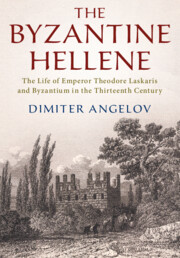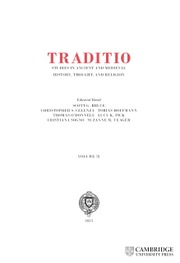Rural Communities in Late Byzantium
Late Byzantium faced economic, political, and demographic crises. This book argues for the ability of rural communities to transform their socioeconomic strategies and maintain resilience in the face of these, especially in the context of islands. It seeks to reinstate ordinary people in the historical narrative and reintroduce them as active participants in the events of the period, pointing to their ability not only to react to change, but also to initiate it. Combining new archaeological evidence with archival material pertaining to the islands of Lemnos and Thasos in the Northern Aegean, it provides concrete examples of Byzantine socio-economic strategies that successfully mitigated the various crises and thus contributes to a diachronic perspective on crisis management. The result is to rethink the nature of the Late Byzantine period, and to question the ways in which we have come to divide historical periods into 'good' or 'bad'.
- Combines new archaeological evidence with rich archival resources to adopt a regional approach to the history of the Late Byzantine period
- Reinstates ordinary people in the historical narrative and reintroduces them as active participants in the events of the period
- Adopts a social resilience framework to explore strategies that enabled communities to mitigate economic, political, and demographic crises
Product details
May 2022Hardback
9781108845496
302 pages
250 × 175 × 18 mm
0.73kg
Available
Table of Contents
- 1. In Search of Late Byzantine Rural Island Communities
- 2. Who is Who in the Rural Landscape: The Makeup of Late Byzantine Rural Communities
- 3. Pathways of Resilience
- 4. Defending the Realm
- 5. Community Building in the Face of Crisis: A Landscape Approach
- 6. The Return of the People
- Appendix I
- Appendix II
- Bibliography.





.jpg)
